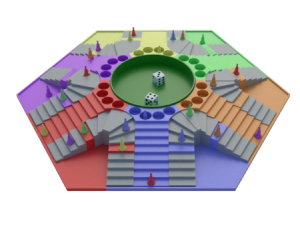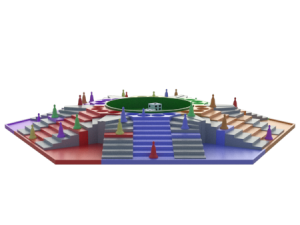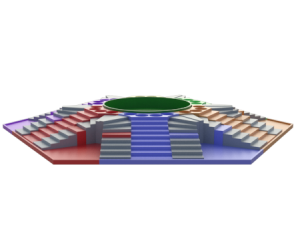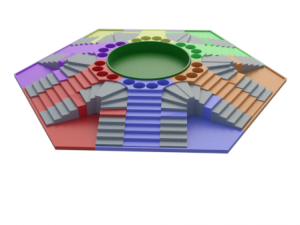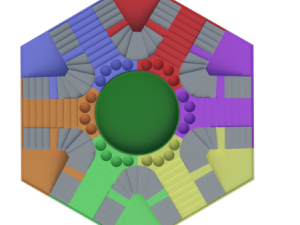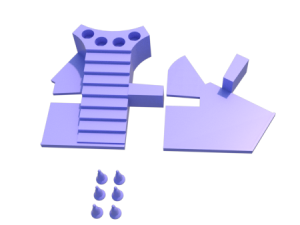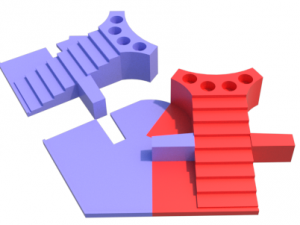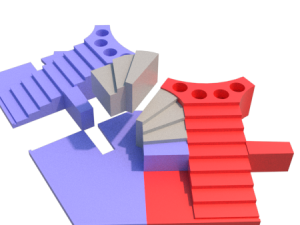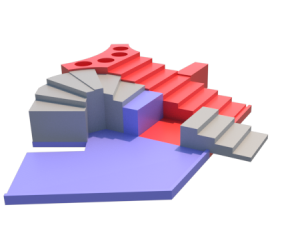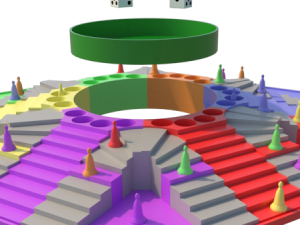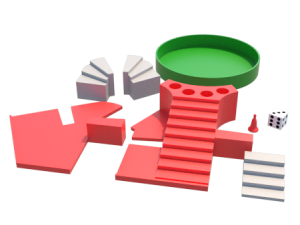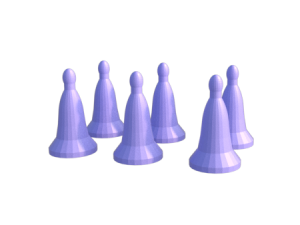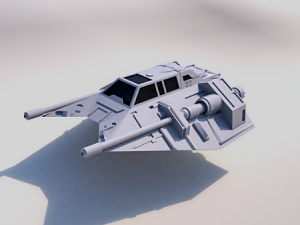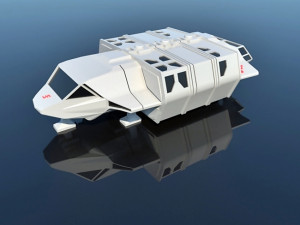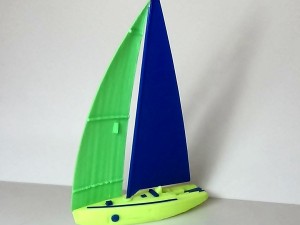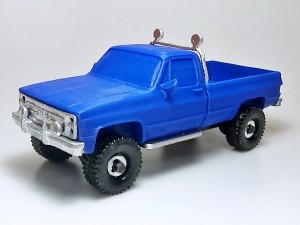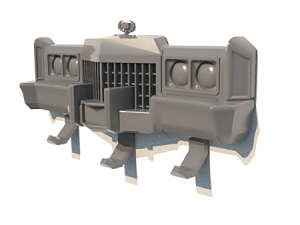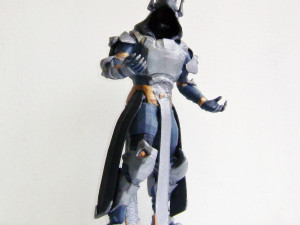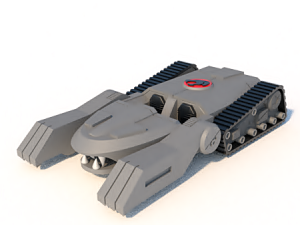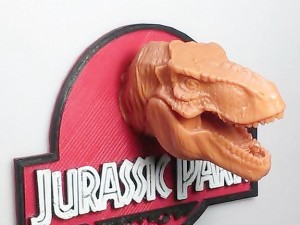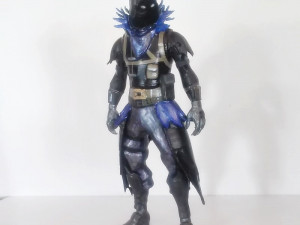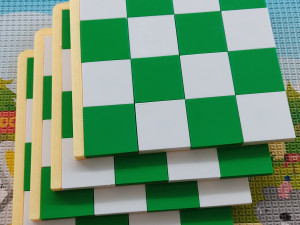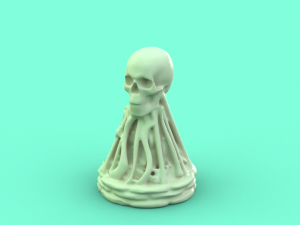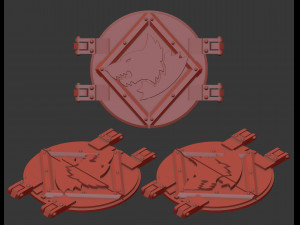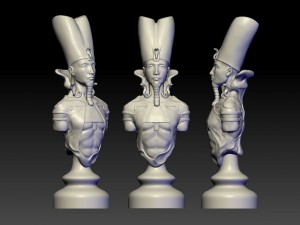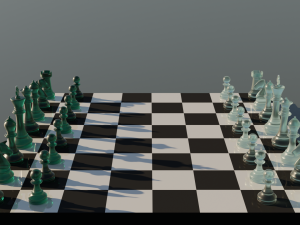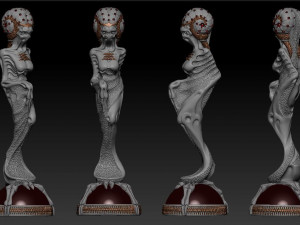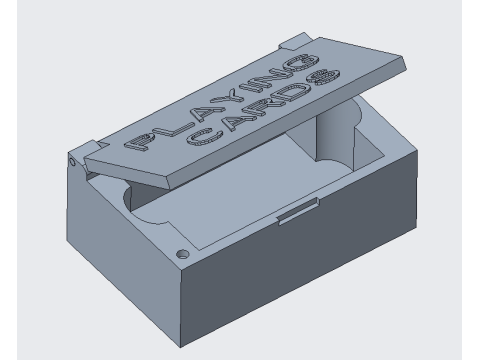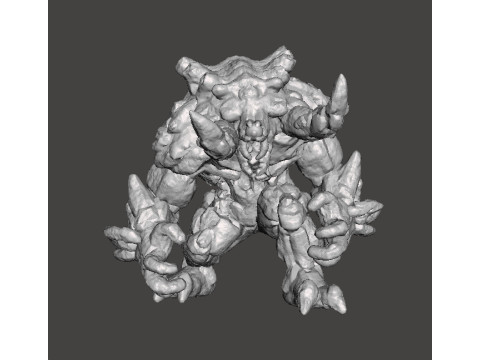I would like this type of character for my client site of https://haileystreasureadventureapk.com/.
parchis of 6 seats Modelo de impresión 3D
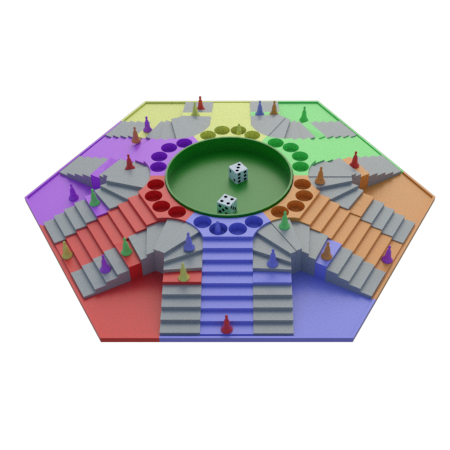
- Formatos disponibles: Stereolithography: stl 347.69 kbStereolithography: stl 130.31 kb
- Colección:No
- Listo para Imprimir:
- 3D Scan:No
- Para adultos:No
- PBR:No
- Vistas:4968
- Fecha: 2018-07-19
- ID de artículo:204156
- Valoración:
mechanics of the game
there is no official regulation of the park and in the different regions there are different variants, which will be listed later. all players start with their chips in the respective jails. the first turn is chosen by dice: the player who draws the most number is the one who starts the game. you then have three chances to get your chips out of jail and drag them to the starting box. tiles are rolled with the presses or pairs, i.e. when both dice have the same value. for example, 1-1 and 3-3 are either prey or pairs, which in other games like the parcheesi are called doubles. pairs 1-1 or 6-6 take all the pieces out of jail; the remaining ones, like 3-3, take out only two. there is a variation to this rule, which must be agreed at the beginning of the game: if the player gets 1-1 or 6-6 on the dice, he can get two checkers out of jail, if he wants, and in this case he has the option to move one of the checkers by the value of one die, i.e. move 1 or move 6.
parquet board at the beginning of the game, with 6 players with their chips in jail.
if he can roll any checkers he has to roll again, move and pass the turn. to move the tiles, simply drag them to their destination position and count the squares to be moved. if you are at the start and you roll 5-2, for example, you can advance one counter to the safe box or you can move 5 with one and 2 with the other. then the shift is passed. the only way to get an extra turn is to take out pairs. if 3 pairs are removed, you have the right to remove one tile from the game, the one chosen by the player, which is usually the most delayed.
the turn is passed to the player on the right, unlike the parcheesi, who p***** on the left. after you are released from jail, the game continues as described above. the mechanics of the game continues in this way until a player carries all his checkers to the final square. by now, he'll have won the game.
a player can send an opponent to jail. to do this, you must move one piece to the square where the other piece is. immediately, he sends someone else's file to the prison. however, if the chip is in an insurance or exit box, nothing special happens. there is another way to send a player to jail that is used as a strategy: when a player has one or more checkers in jail and there are checkers of an opponent in the player's exit box, if the player takes the checkers out of jail, he automatically sends them to the appropriate jail. this is a useful strategy when there is more than 1 checker on the player's exit; he can sacrifice a checker in the hope that the opponents' checkers will not be able to run away before he leaves. in some cases the pateperro is used, which is obtained when the dice mark 2-1 to be able to eat backwards.
the idea is to advance all of the player's checkers from the starting post to the end, before the opponents do so. to achieve this goal, the player must start by removing all his checkers from the jail and then have them all make a complete tour of the board, counterclockwise, i.e. to the right, preventing their checkers from being returned to the jail by their opponents, until they reach some finish squares that are exclusive to each player and are located just before the corresponding start squares. the finish squares lead to the center of the board which is the final square a player must take all his checkers to to win a game. the player may not have any checkers in the four squares after the insurance of the completion squares (called arrival squares) until before his own departure. there is a variation in which the player can choose to turn around or is simply forced to do so if he can eat in such squares. see section on variations below
total size:
the 50 x 50 centimetre high 5.3 cm high board
attachments:
die x 2
datasheet x 6
tab x 1
coloured steps x 6
colour base x 6
curved step x6
curved step dr. x 6
straight step x 12
pot x 1
the file of the cards is mounted by 6 units to have 2 leftovers in case of loss to have the replacement of the same color. you will also find the individual file for printing as required.
3d printing settings
none of the parts require support
wall thickness: 1.2 mm higher
printing speed: 70 mm/s
filling: 20%.
layer height: 0.25 mm or less
plate adhesion: not required
Leer másthere is no official regulation of the park and in the different regions there are different variants, which will be listed later. all players start with their chips in the respective jails. the first turn is chosen by dice: the player who draws the most number is the one who starts the game. you then have three chances to get your chips out of jail and drag them to the starting box. tiles are rolled with the presses or pairs, i.e. when both dice have the same value. for example, 1-1 and 3-3 are either prey or pairs, which in other games like the parcheesi are called doubles. pairs 1-1 or 6-6 take all the pieces out of jail; the remaining ones, like 3-3, take out only two. there is a variation to this rule, which must be agreed at the beginning of the game: if the player gets 1-1 or 6-6 on the dice, he can get two checkers out of jail, if he wants, and in this case he has the option to move one of the checkers by the value of one die, i.e. move 1 or move 6.
parquet board at the beginning of the game, with 6 players with their chips in jail.
if he can roll any checkers he has to roll again, move and pass the turn. to move the tiles, simply drag them to their destination position and count the squares to be moved. if you are at the start and you roll 5-2, for example, you can advance one counter to the safe box or you can move 5 with one and 2 with the other. then the shift is passed. the only way to get an extra turn is to take out pairs. if 3 pairs are removed, you have the right to remove one tile from the game, the one chosen by the player, which is usually the most delayed.
the turn is passed to the player on the right, unlike the parcheesi, who p***** on the left. after you are released from jail, the game continues as described above. the mechanics of the game continues in this way until a player carries all his checkers to the final square. by now, he'll have won the game.
a player can send an opponent to jail. to do this, you must move one piece to the square where the other piece is. immediately, he sends someone else's file to the prison. however, if the chip is in an insurance or exit box, nothing special happens. there is another way to send a player to jail that is used as a strategy: when a player has one or more checkers in jail and there are checkers of an opponent in the player's exit box, if the player takes the checkers out of jail, he automatically sends them to the appropriate jail. this is a useful strategy when there is more than 1 checker on the player's exit; he can sacrifice a checker in the hope that the opponents' checkers will not be able to run away before he leaves. in some cases the pateperro is used, which is obtained when the dice mark 2-1 to be able to eat backwards.
the idea is to advance all of the player's checkers from the starting post to the end, before the opponents do so. to achieve this goal, the player must start by removing all his checkers from the jail and then have them all make a complete tour of the board, counterclockwise, i.e. to the right, preventing their checkers from being returned to the jail by their opponents, until they reach some finish squares that are exclusive to each player and are located just before the corresponding start squares. the finish squares lead to the center of the board which is the final square a player must take all his checkers to to win a game. the player may not have any checkers in the four squares after the insurance of the completion squares (called arrival squares) until before his own departure. there is a variation in which the player can choose to turn around or is simply forced to do so if he can eat in such squares. see section on variations below
total size:
the 50 x 50 centimetre high 5.3 cm high board
attachments:
die x 2
datasheet x 6
tab x 1
coloured steps x 6
colour base x 6
curved step x6
curved step dr. x 6
straight step x 12
pot x 1
the file of the cards is mounted by 6 units to have 2 leftovers in case of loss to have the replacement of the same color. you will also find the individual file for printing as required.
3d printing settings
none of the parts require support
wall thickness: 1.2 mm higher
printing speed: 70 mm/s
filling: 20%.
layer height: 0.25 mm or less
plate adhesion: not required
¿Necesita más formatos?
Si precisa un formato distinto, por favor, abra una consulta de Soporte y solicítelo. Podemos convertir modelos 3D a: .stl, .c4d, .obj, .fbx, .ma/.mb, .3ds, .3dm, .dxf/.dwg, .max. .blend, .skp, .glb. Nosotros no convertimos escenas 3d y formatos como .step, .iges, .stp, .sldprt.!
Si precisa un formato distinto, por favor, abra una consulta de Soporte y solicítelo. Podemos convertir modelos 3D a: .stl, .c4d, .obj, .fbx, .ma/.mb, .3ds, .3dm, .dxf/.dwg, .max. .blend, .skp, .glb. Nosotros no convertimos escenas 3d y formatos como .step, .iges, .stp, .sldprt.!


 English
English Español
Español Deutsch
Deutsch 日本語
日本語 Polska
Polska Français
Français 中國
中國 한국의
한국의 Українська
Українська Italiano
Italiano Nederlands
Nederlands Türkçe
Türkçe Português
Português Bahasa Indonesia
Bahasa Indonesia Русский
Русский हिंदी
हिंदी